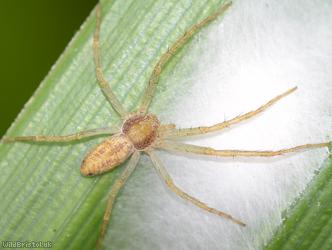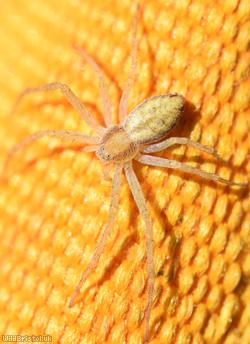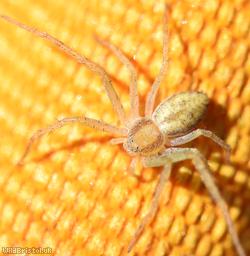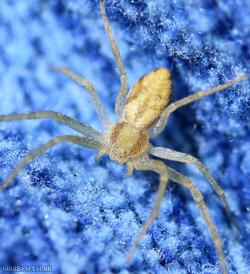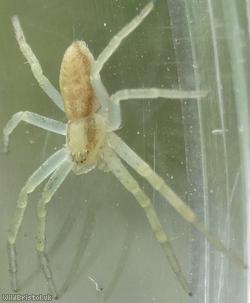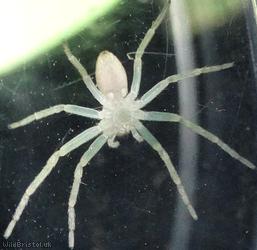Philodromus albidus - Philodromus albidus
Favourite Photos
Species Description
Widespread and locally common in the South, with most records falling bellow a line from the Wash to the Severn Estuary. Habitat includes: On the lower branches of broad-leaved trees such as Oak (Ive observed them hanging around the new growth of English Elm and Ivy at about 1.5 m off the ground) in places such as woodland (broad-leaved / mixed) - rides and edge, parks, allotments, gardens, cemeteries, old hedgerows, green lanes etc. Adults seen: May to July (peaking in June). Other names include: (Going by the name) White Running Spider, Pale Running Spider. Length: Males = 3.1 - 3.8 mm, Females = 4 - 5.4 mm.
